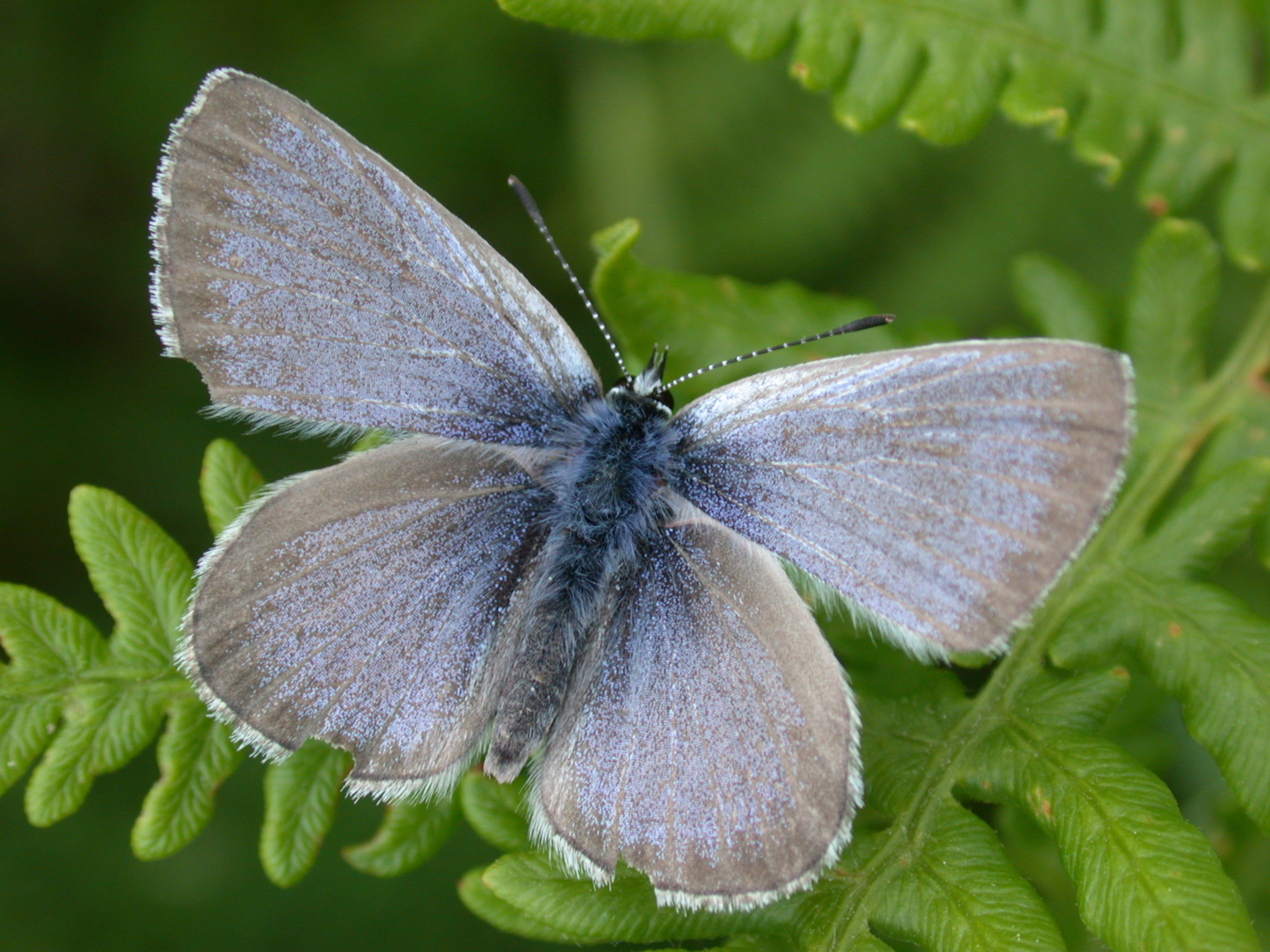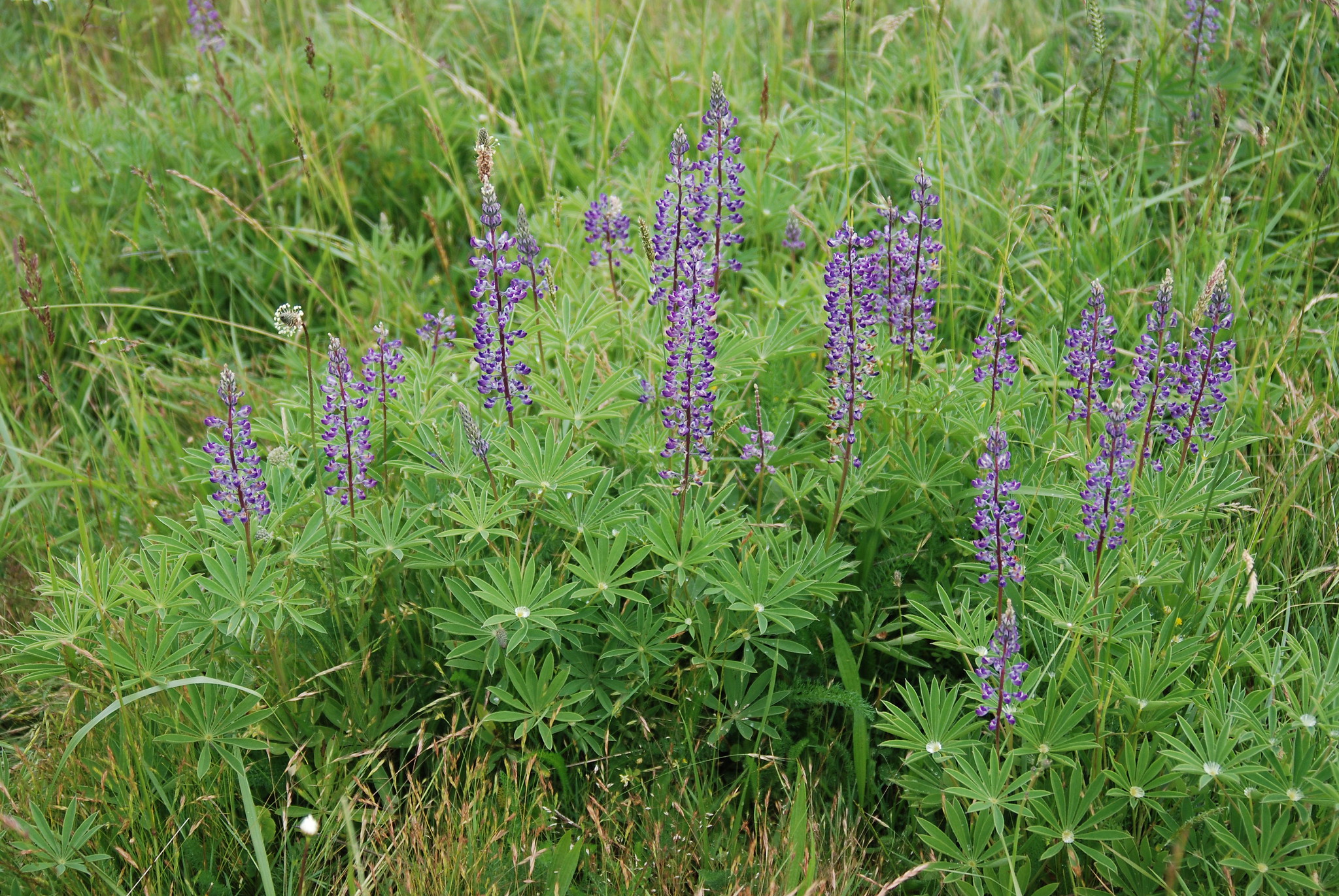
U.S. Army Corps of Engineers
Note: Oak and Prairie is one of Pacific Birds conservation priorities. While we usually post more about birds, healthy habitats are the foundation that birds, butterflies and all species depend upon. And as you can see below, habitat conservation for one species may benefit another.
In June, 2021 the U.S. Fish and Wildlife Service proposed reclassifying the Fender’s blue butterfly (Icaricia icarioides fenderi) from its federally endangered status to threatened, a downlisting that is the direction to hope for in the conservation world. Projects that have helped the butterfly’s trajectory are not stand alone actions, however, as a butterfly population relies on a healthy assemblage of the right kind of plants that support it throughout its life cycle.
Fender’s blue butterflies have a wingspan of only about an inch and except for the males’ blue upper wings, they could easily be missed in their natural habitats–especially since the adults only live for a few weeks. They are native to the Willamette Valley but were thought extinct for half a century until they were rediscovered in 1989. In 2000, the butterfly was listed as federally endangered.
At the same time, another prairie species, Kincaid’s lupine (Lupinus sulphureus ssp.kincaidii), was federally listed as threatened. It is also a Willamette Valley native found in open prairie environments. Maps of the potential range for the Fenderʻs blue butterfly and Kincaidʻs lupine show a lot of overlap. Since the Fender’s blue butterfly most frequently uses Kincaid’s lupine as its larval host plant, the success of these two species are closely connected. They are addressed in the same 2010 plan, Recovery Plan for the Prairie Species of Western Oregon and Southwestern Washington, along with several other species. The Fender’s blue butterfly is considered an umbrella surrogate species, meaning that conservation efforts for the butterfly may also benefit other prairie species–including the Western Meadowlark (Sturnella neglecta), a sensitive species in Oregon that could become threatened or endangered without conservation.

T. Thomas, U.S. Fish and Wildlife Service
A common denominator among vulnerable, threatened or endangered prairie species is the loss or degradation of their essential or preferred habitat. Open prairies in the Willamette Valley historically relied on fire (natural or managed) to keep them from transitioning to forest over time. Between fire suppression, the proliferation of non-native plant species, and prairie conversion to agricultural, residential or urban uses, prairie species have been hard hit over the past 150 years.
The goal of the recovery plan, and of the many collaborative and ongoing conservation efforts by agencies, conservation organizations, and individuals is to keep the target species’ populations stable or increasing into the future. This requires a suite of on-the-ground actions: protection, restoration, ongoing management and monitoring. And to conserve the species’ viability, a network of suitable habitats is needed across the landscape–fragmented, isolated populations are more vulnerable to extinction.
Much of the remaining suitable habitat that supports native prairie species is on private lands, so private landowners are key to conservation success. While it may not be possible to “bring back” the native prairie to its historic range, it is possible to manage your backyard, ranch or pastureland in a way that works for you while supporting native plants, butterflies, birds and biodiversity.
Learn more:
Planning for Fender’s blue butterfly: See Yamhill Habitat Conservation Plan for Fender’s Blue Butterfly on Private Lands
Birds & Landowners: See The Willamette Valley Landowner’s Guide to Creating Habitat for Grassland Birds
Make a plan: Check out Oregon Department of Fish and Wildlife Habitat Conservation and Management Program
Learn more about the Fender’s blue butterfly populations from the Institute for Applied Ecology
Where can you see a Fender's blue butterfly?
Baskett Slough National Wildlife Refuge has the largest known population of Fender’s blue butterflies. Be sure to visit in mid-May to early June, however, to catch a glimpse of the short-lived adults.
